Cameras click worldwide as sellers try to make their products stand out online. But many photographers struggle with choosing the right lens for their product shots.
Taking good product photos isn’t just about having a nice camera; it’s also about having a good understanding of lighting and composition. The lens a photographer chooses makes a significant difference in how items appear to buyers. Poor lens choices can result in distorted shapes, wrong colors, and fuzzy details.
Picking the right lens doesn’t have to be hard.
With some basic knowledge, anyone can select lenses that show off their products in the best light. This article identifies the best lens for product photography, enabling readers to determine which ones are best suited for various items and settings.
Choosing the Best Lens for Product Photography
When taking product photos, lens choice matters a lot. The right lens helps show products clearly and makes them look good to buyers.
Different products need different lenses. Small jewelry needs a lens that shows tiny details. Large furniture needs a lens that fits the whole item in the frame without making it look odd.
The space where someone takes photos also affects lens choice. A small home studio might need a lens that works well in tight spaces. A bigger studio allows for more lens options.
A good product photography lens should:
- Show clear, sharp details.
- Create true colors.
- Have little or no distortion.
- Work well in the available shooting space.
Budget matters too. While some top lenses cost hundreds or thousands of dollars, there are good, less costly options for people just starting out.
Key Features of The Best Lens for Product Photography
When shopping for a product photography lens, several key features affect photo quality and ease of use. Understanding these features helps photographers make better buying choices.
Focal Length
Focal length determines how much of a scene the lens captures and how close a photographer needs to be to the subject. For product photos, this choice depends on what items are being shot.
| Lens Type & Focal Length | Best For | Key Features/Advantages |
|---|---|---|
| Macro (60–105mm) | Small items (jewelry, watches, electronics) | Extreme close-ups, high detail, 1:1 magnification |
| Standard (35–50mm) | Medium products (shoes, bags) | Natural perspective, versatile, less distortion |
| Zoom (24–70mm, 70–200mm) | Various product sizes | Flexibility covers a wide range from short telephoto, convenient for changing setups |
Aperture
A lens’s maximum aperture (lowest f-number) affects two important aspects of product photos: depth of field and low-light performance.
Wide apertures (f/1.4-f/2.8):
- Allow more light in dim studios.
- Create shallow focus with blurred backgrounds.
- Useful for lifestyle product photos or highlighting specific features.
Small apertures (f/8-f/16):
- Keep entire products in sharp focus.
- Most commonly used in product photography.
- Require more light or longer exposures.
Image Stabilization
Image stabilization helps reduce blur from small camera movements, especially useful when shooting handheld or in low light.
Benefits for product photographers:
- Allows slower shutter speeds without blur.
- Helps maintain lower ISO settings for cleaner images.
- Reduces fatigue during long product shoots.
Autofocus Performance
Fast, accurate autofocus makes the photography workflow smoother and helps capture sharp images consistently.
Good autofocus is especially important for shooting reflective products like glassware or items with complex textures.
Some lenses offer silent focusing motors, which are helpful when shooting product videos. Manual focus override is also useful for precise control in macro work, where exact focus point matters greatly.
Build Quality and Weather Sealing
Lens durability affects both longevity and performance in various shooting environments. Well-built lenses stand up to regular use in studios and on location.
Weather sealing protects against dust and moisture, which is important for photographers who shoot products outdoors or in dusty warehouse settings. Higher-quality materials also often mean better optical performance and more consistent results over time.
Top Lens Recommendations for Product Photography
Finding the right lens makes a big difference in product photo quality. These top options combine the most important features photographers need:
| Lens | Key Features |
|---|---|
| Canon RF 100mm f/2.8L Macro IS USM |
• Magnification: 1.4x macro magnification |
| Sony FE 24-70mm f/2.8 GM II | • Magnification: Not specified • Image Stabilization: Not specified • Autofocus System: Four XD Linear Motors for quick, silent focusing • Special Feature: Nano AR Coating II reduces unwanted light effects • Weather Sealing: Compact design with weather protection |
| Nikon Z MC 105mm f/2.8 VR S | • Magnification: True 1:1 macro • Image Stabilization: Built-in stabilization • Autofocus System: Quiet stepping motor autofocus • Special Feature: ARNEO coating improves contrast • Weather Sealing: Weather-sealed construction |
| Fujifilm GF 120mm f/4 R LM OIS WR Macro | • Magnification: Not specified • Image Stabilization: 5-stop stabilization system • Autofocus System: Linear motor focusing system • Special Feature: ED and Super ED elements for accurate colors • Weather Sealing: Weather-resistant design |
| Nikon AF-S 105mm f/2.8G VR Micro | • Magnification: Not specified • Image Stabilization: VR helps with handheld shooting • Autofocus System: Not specified • Special Feature: Nano-crystal coating for better image quality • Weather Sealing: Not specified |
Why the Right Lens Matters for Product Photography?
The lens a photographer chooses affects how products look in final images. A proper lens shows items with correct shapes, true colors, and clear details that help sell products.
Wrong lens choices lead to problems like curved lines that should be straight, blurry edges, or colors that don’t match the real item. These issues can make even beautiful products look less appealing to buyers.
The right lens also helps photographers work more easily in their space.
Some lenses need more distance between the camera and the product, while others work well in small areas. This makes the workflow smoother and results more consistent.
Final Thought
Choosing the right lens changes regular product photos into images that sell. The best lens for product photography depends on what you’re shooting, where you’re working, and your budget.
Remember to match focal length to your product size; macro for small items, standard for medium ones, and zoom for flexibility. Don’t forget about aperture control for proper depth of field, and consider stabilization for handheld situations.
Start by evaluating the products you photograph most often. Then select a lens that meets those specific needs rather than the most expensive option.
What lens do you currently use for product photos?
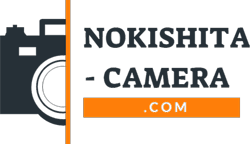
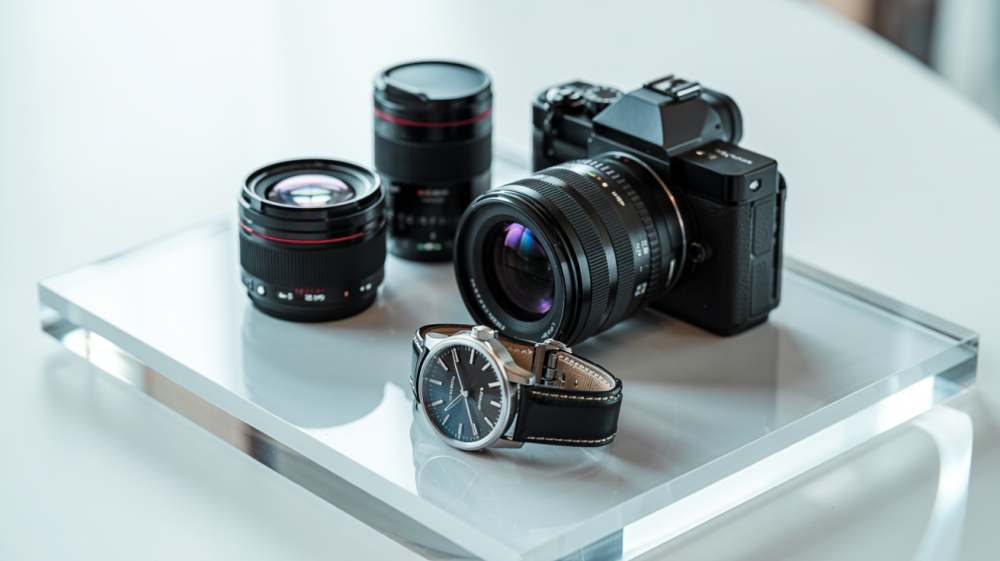
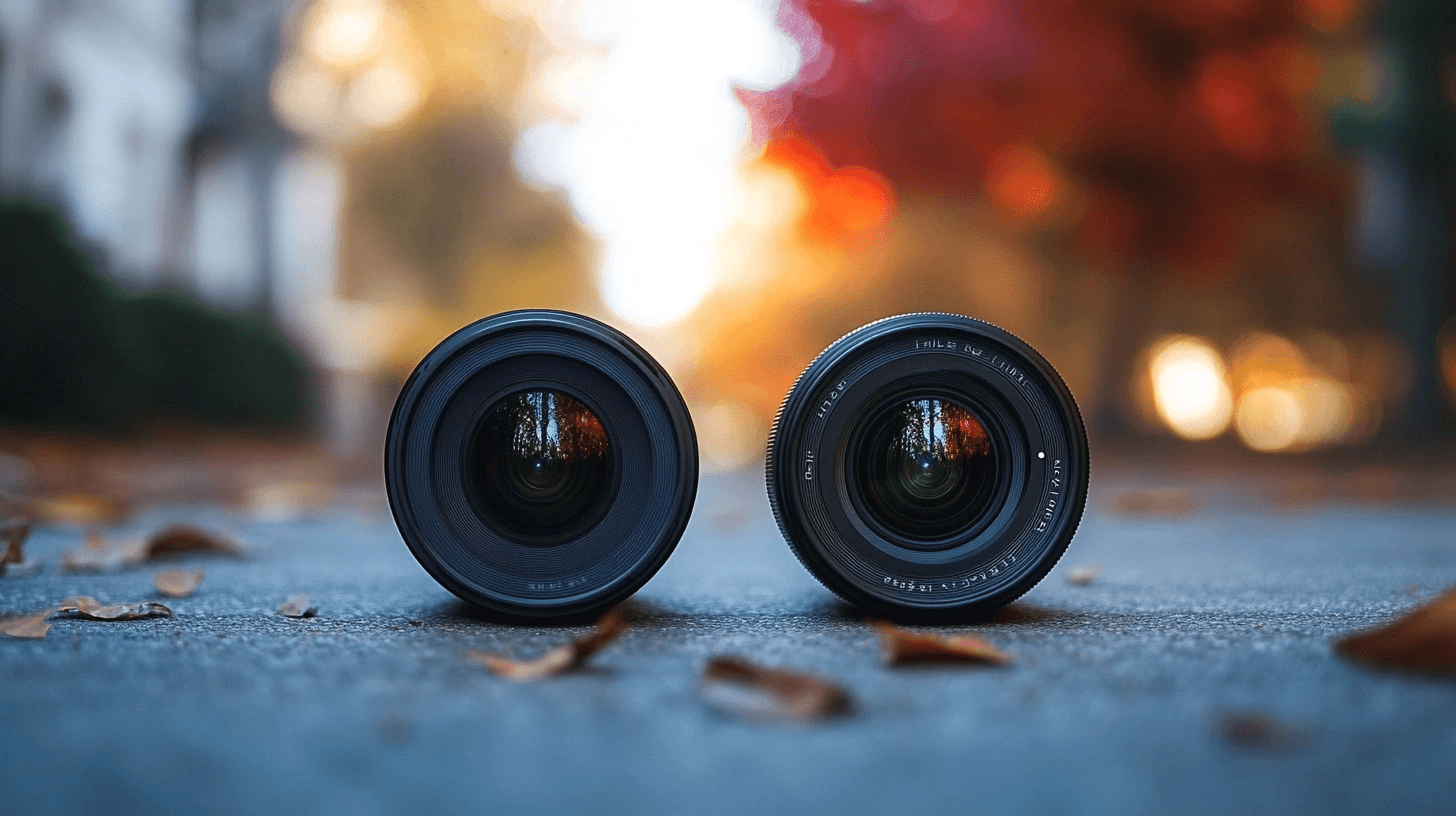
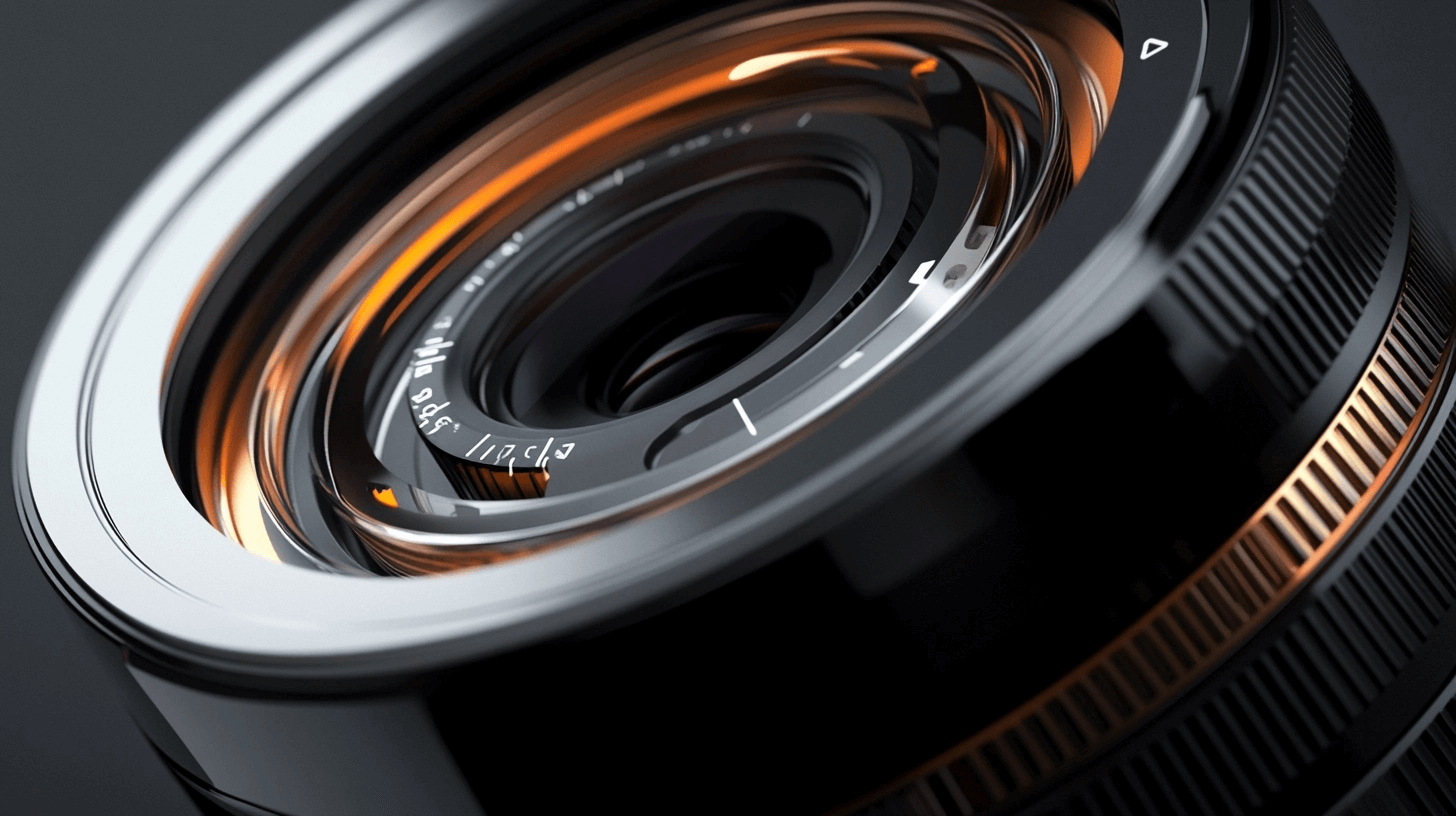
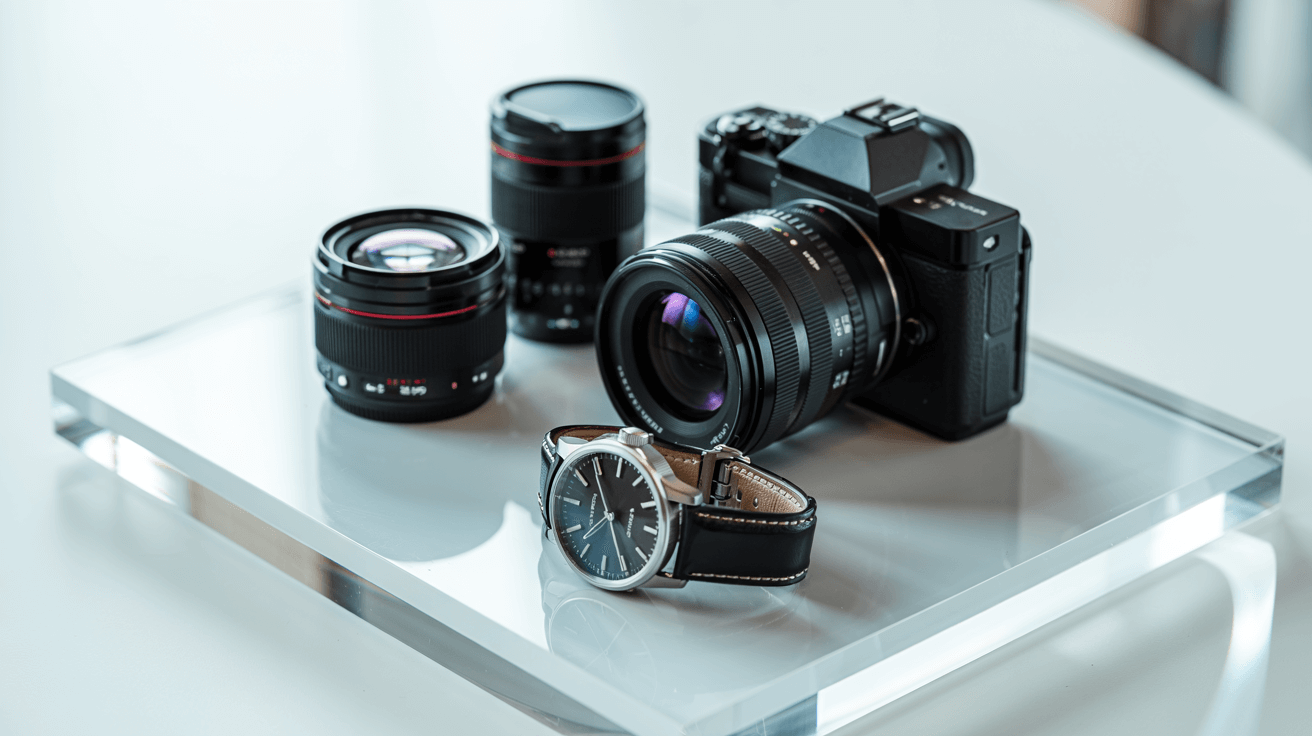
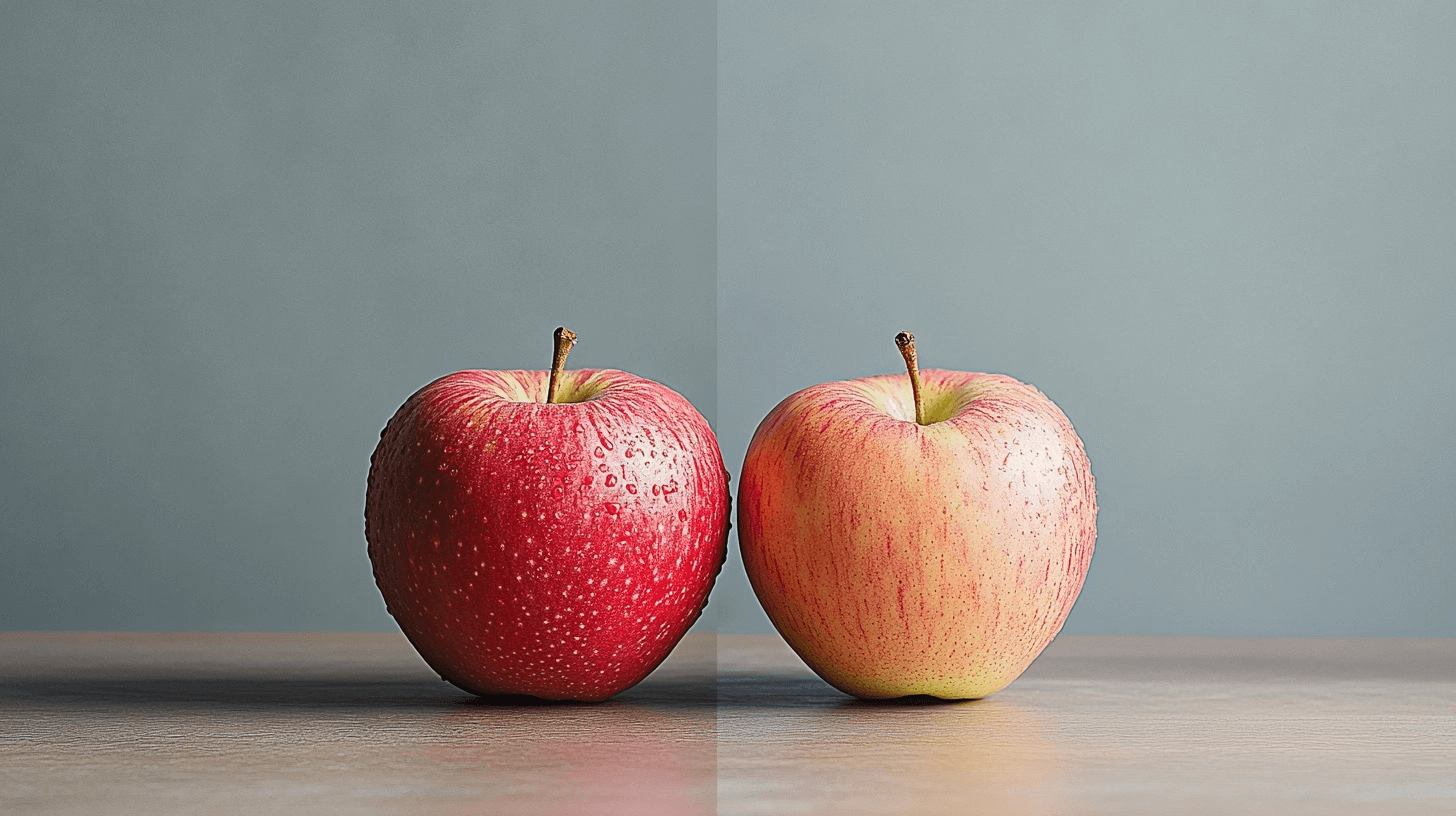
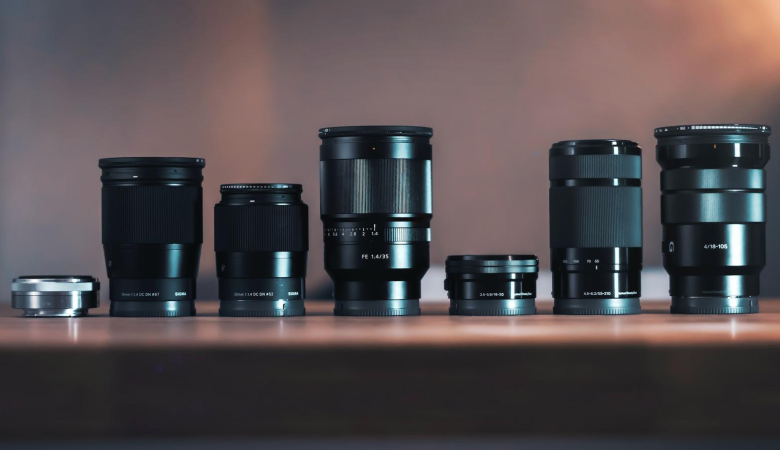
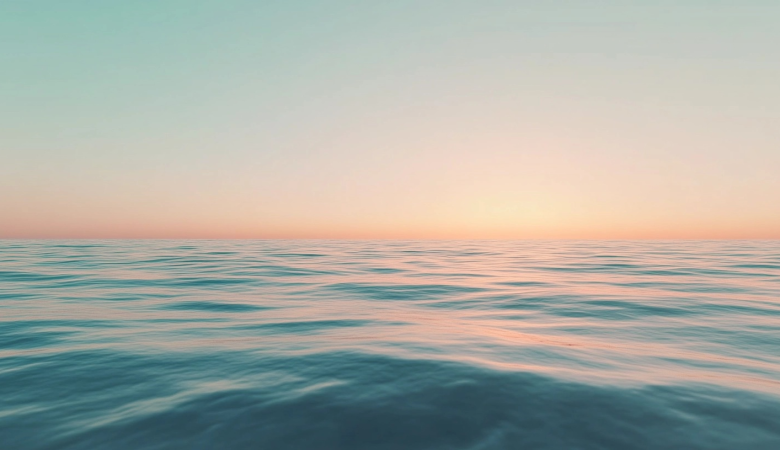
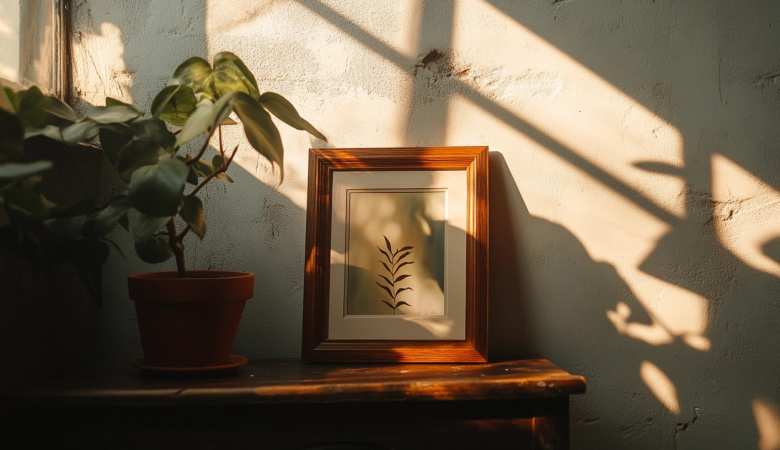
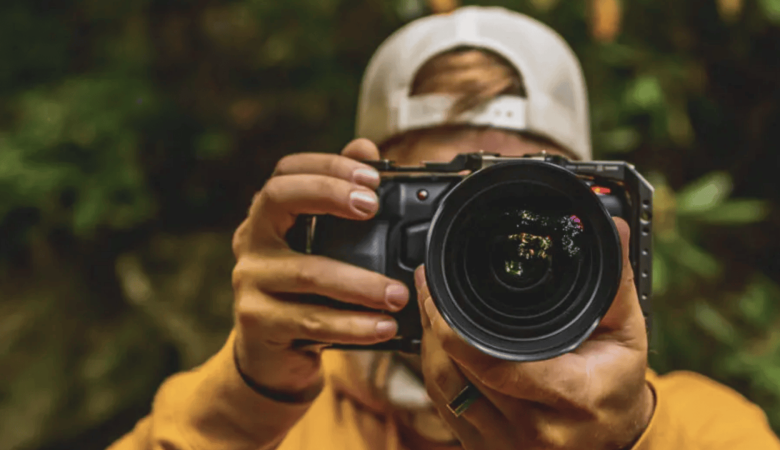
Leave a Reply